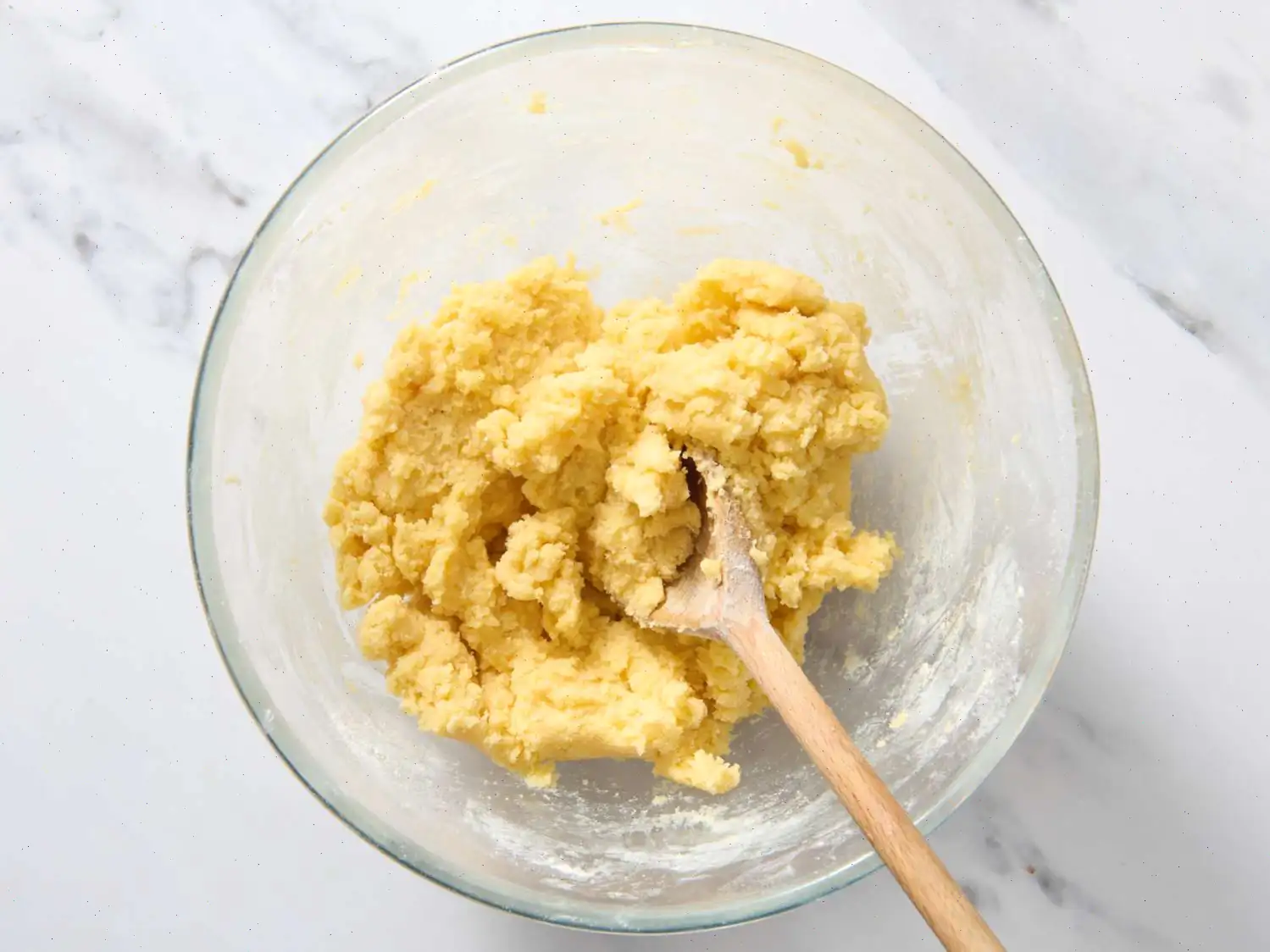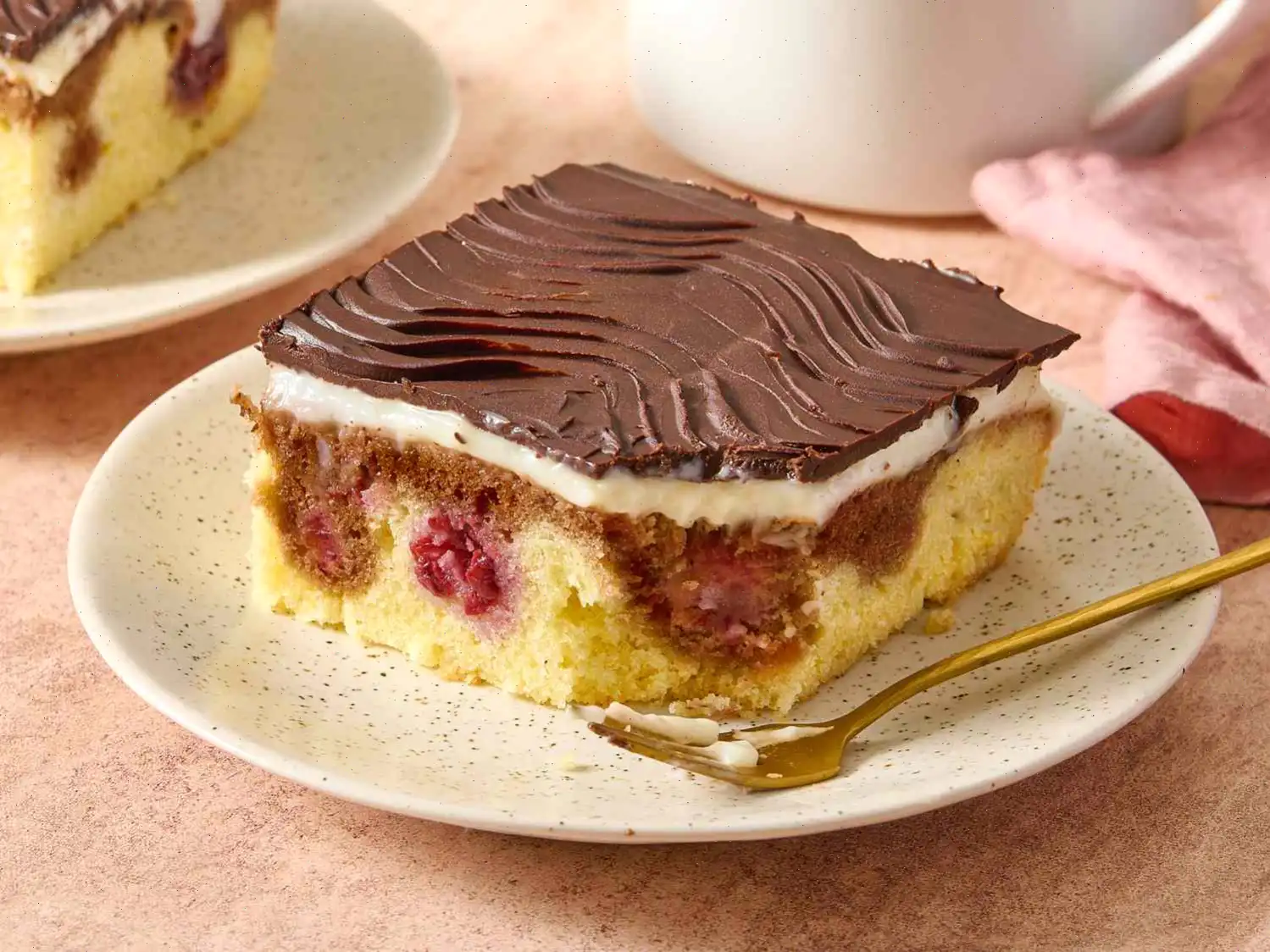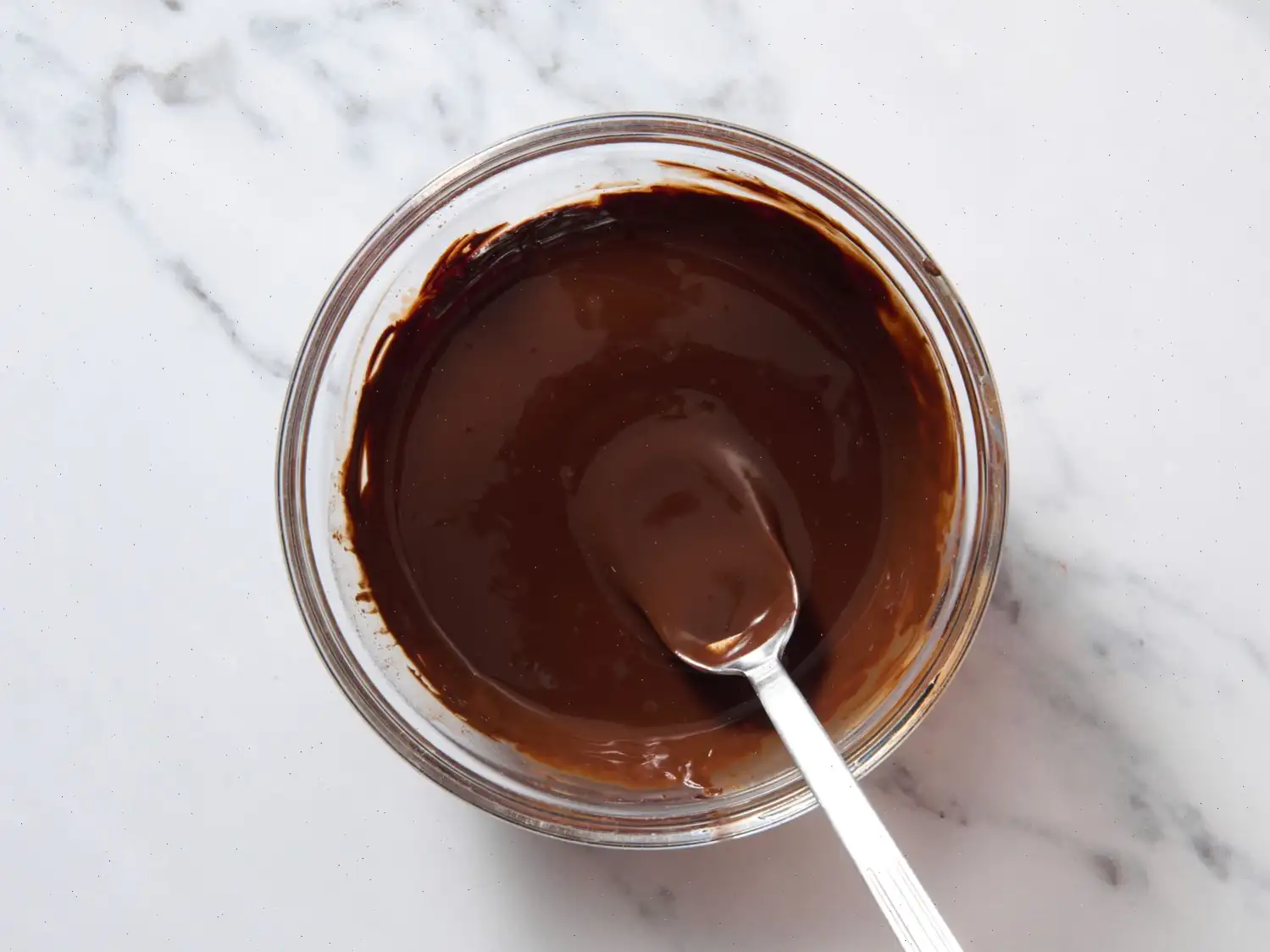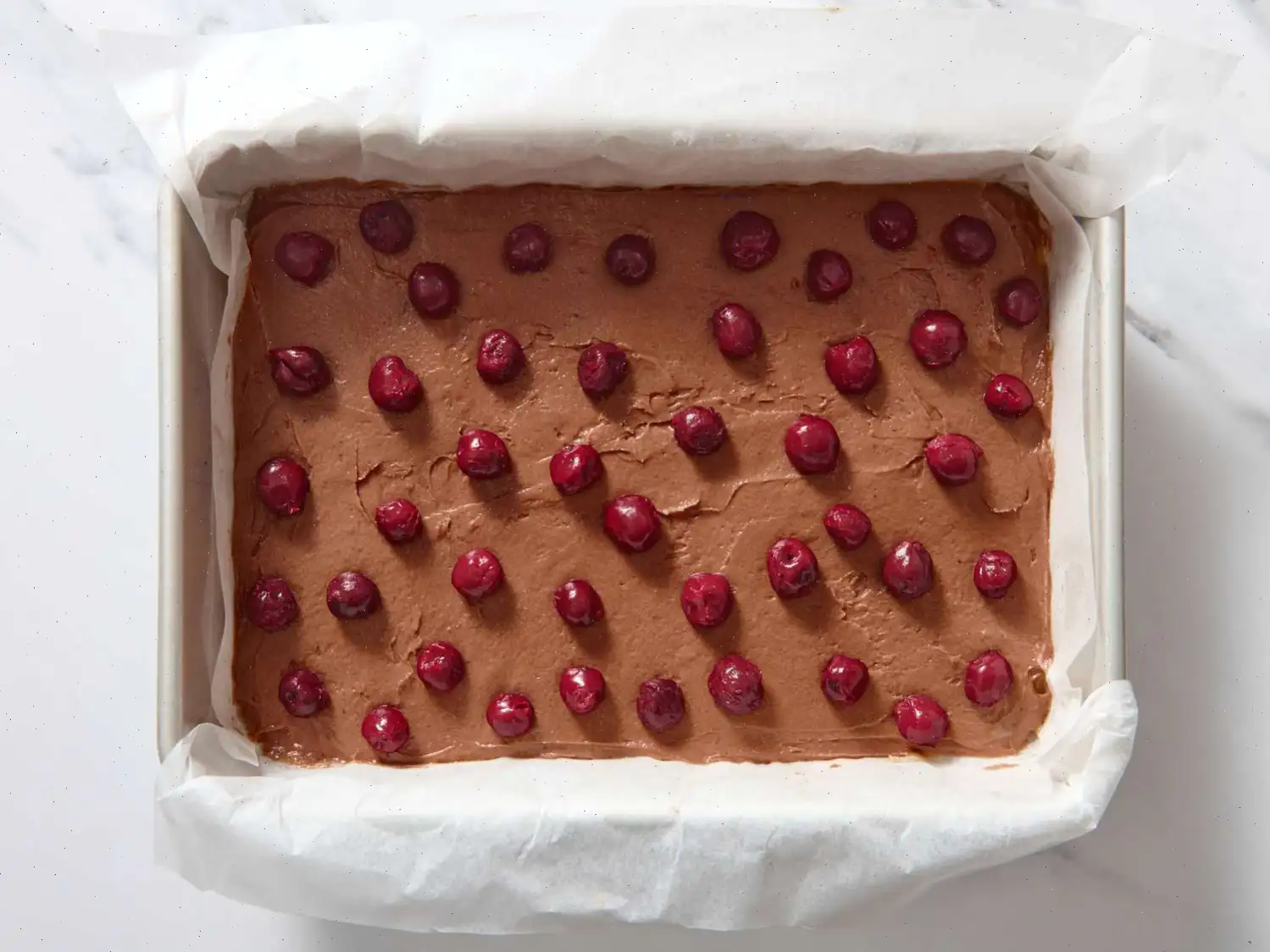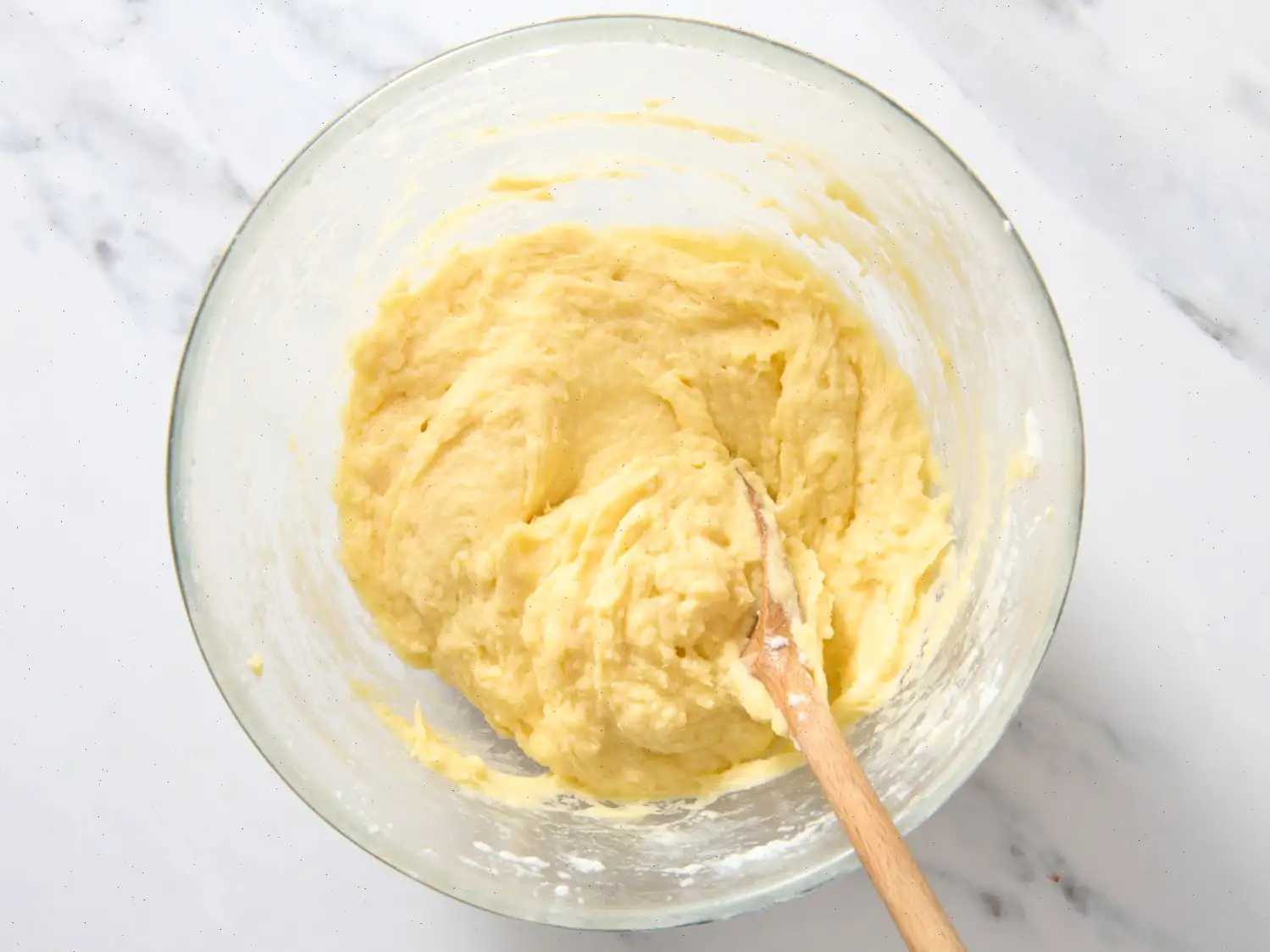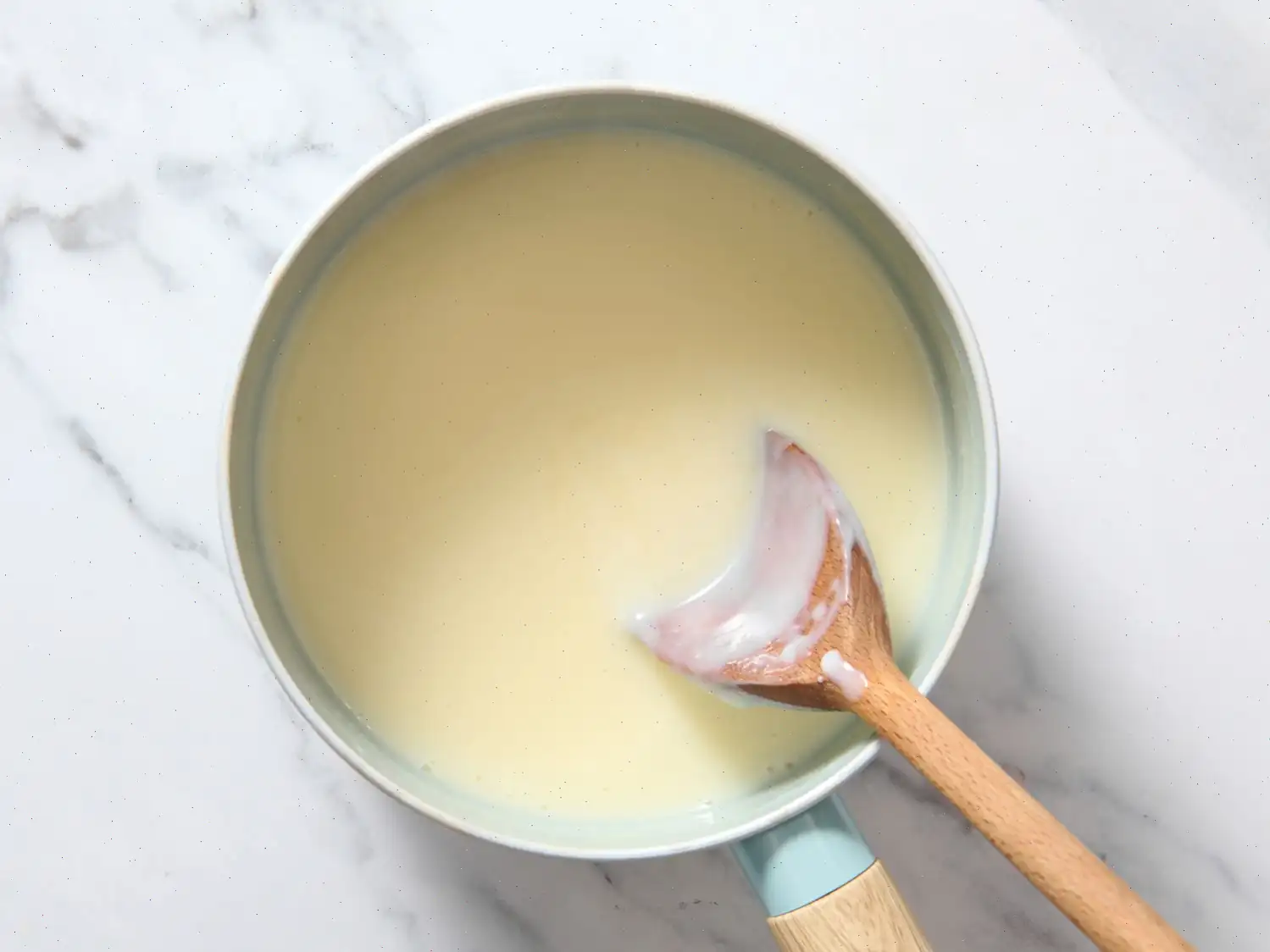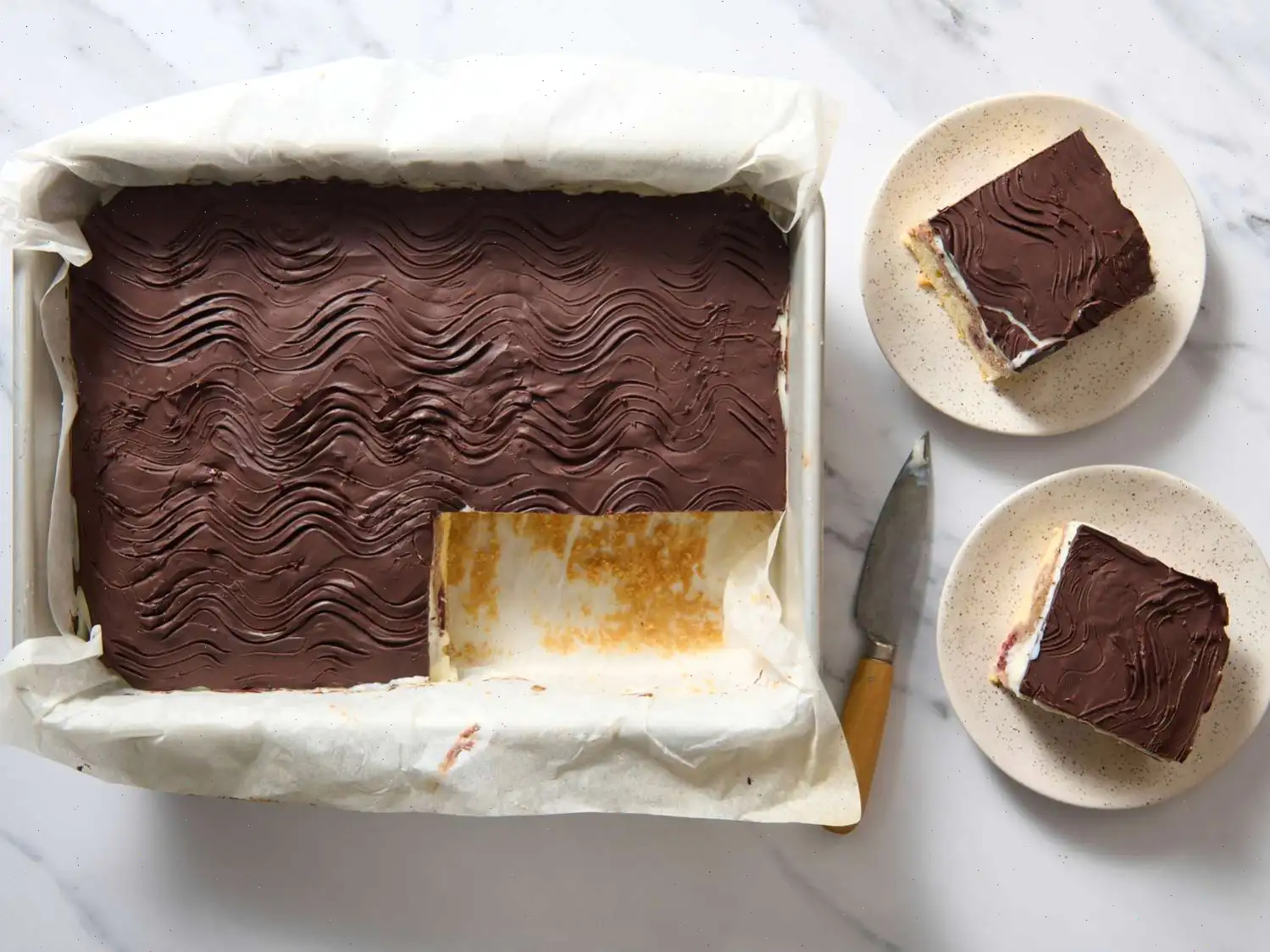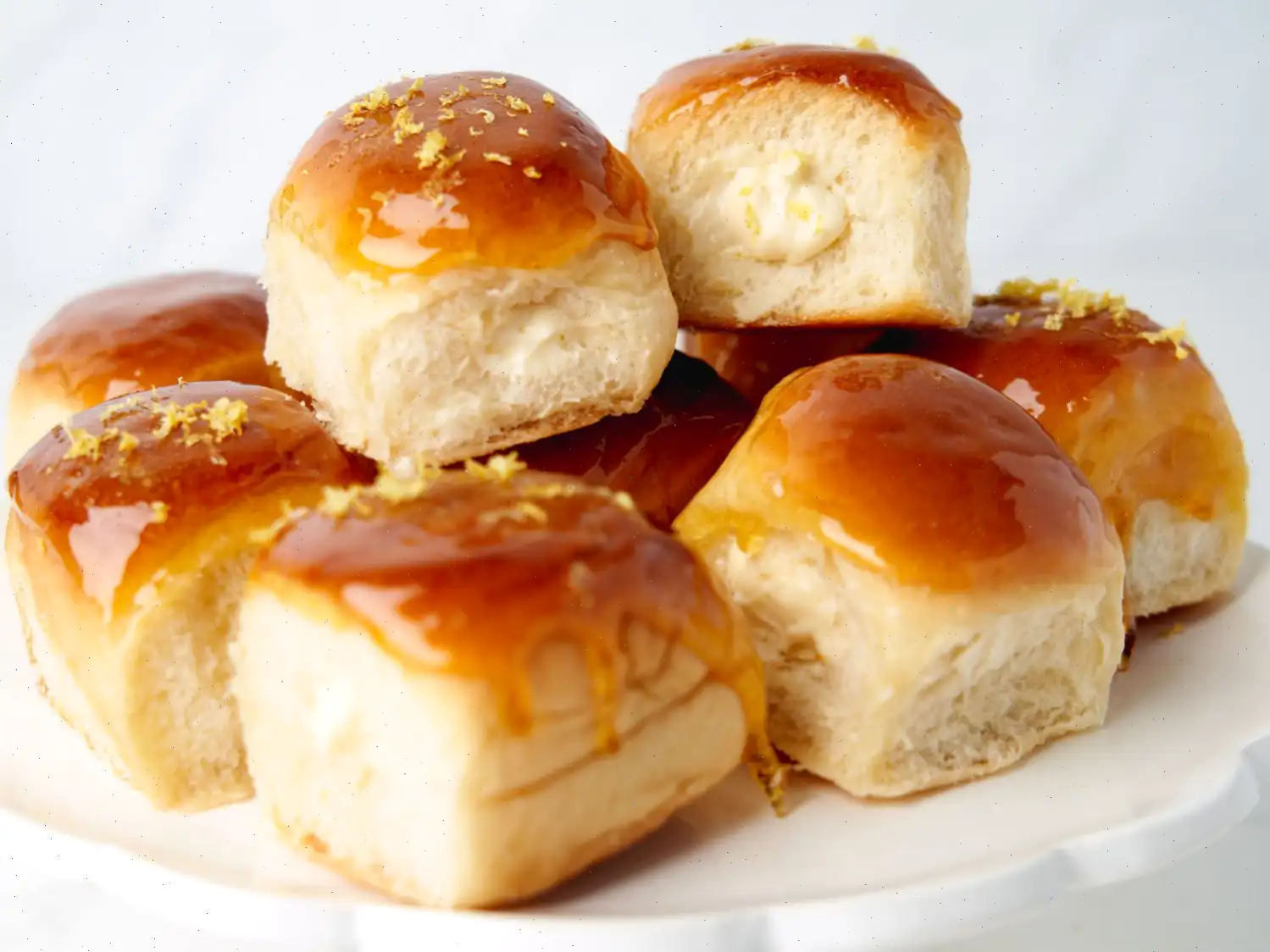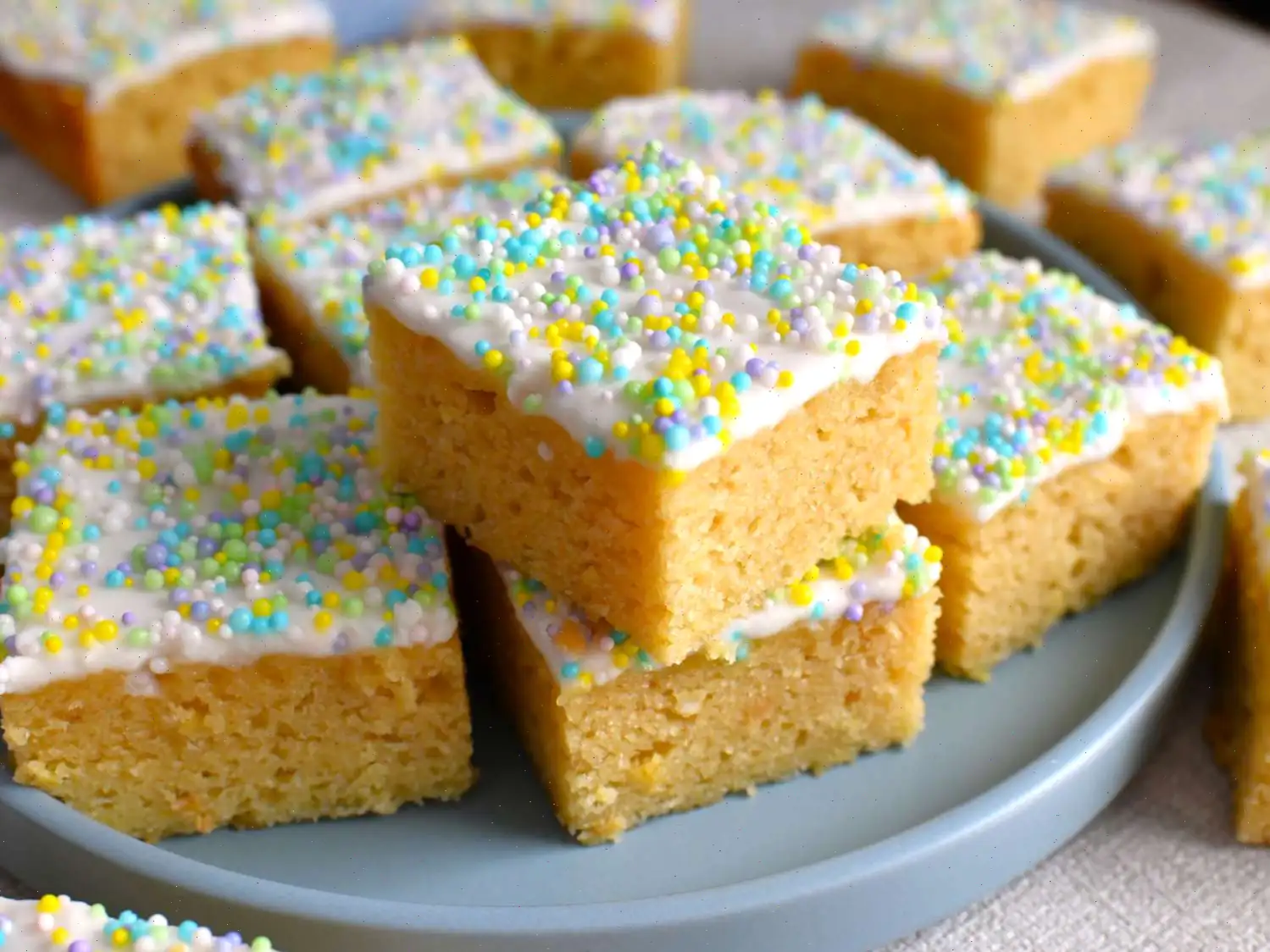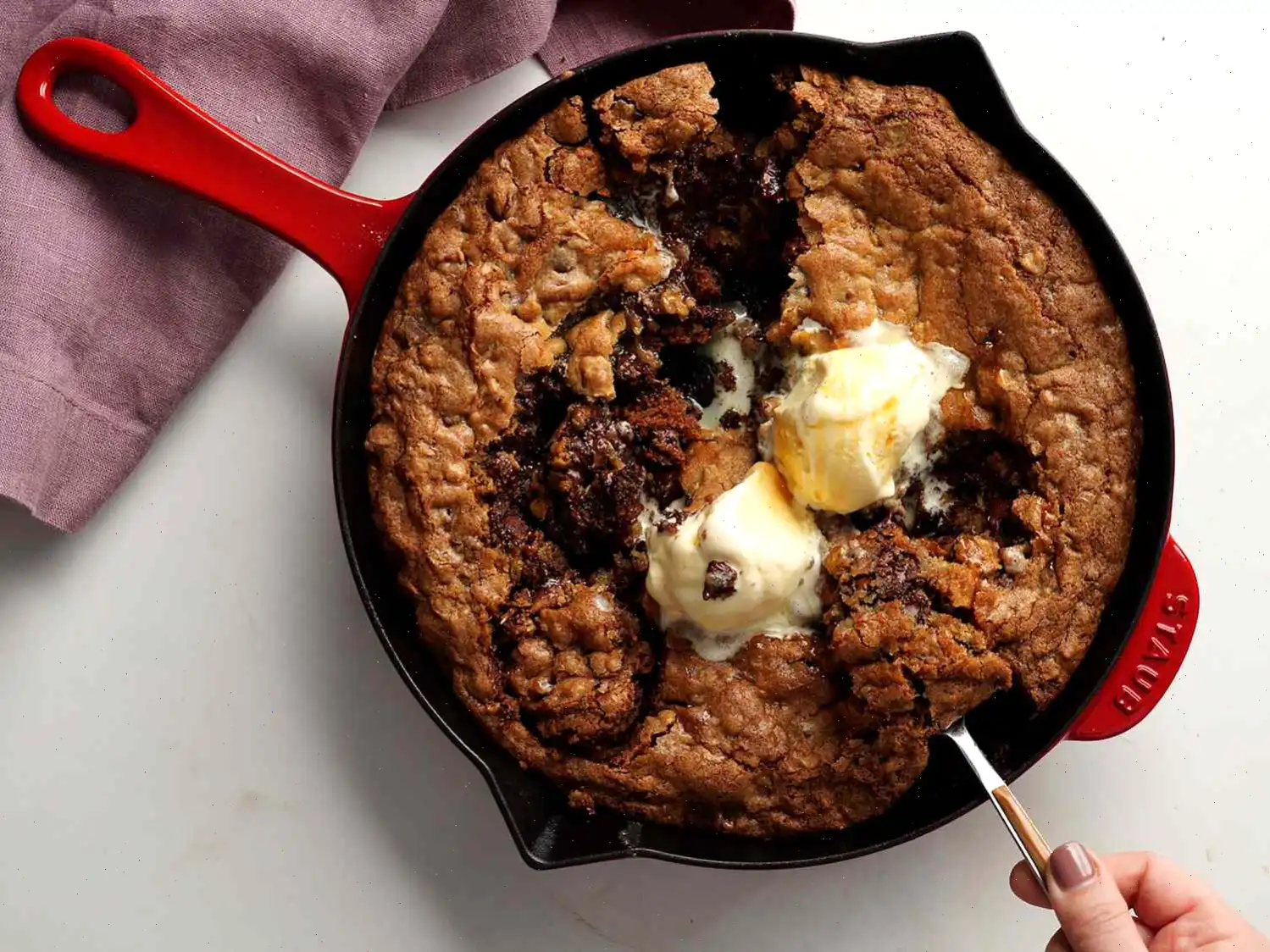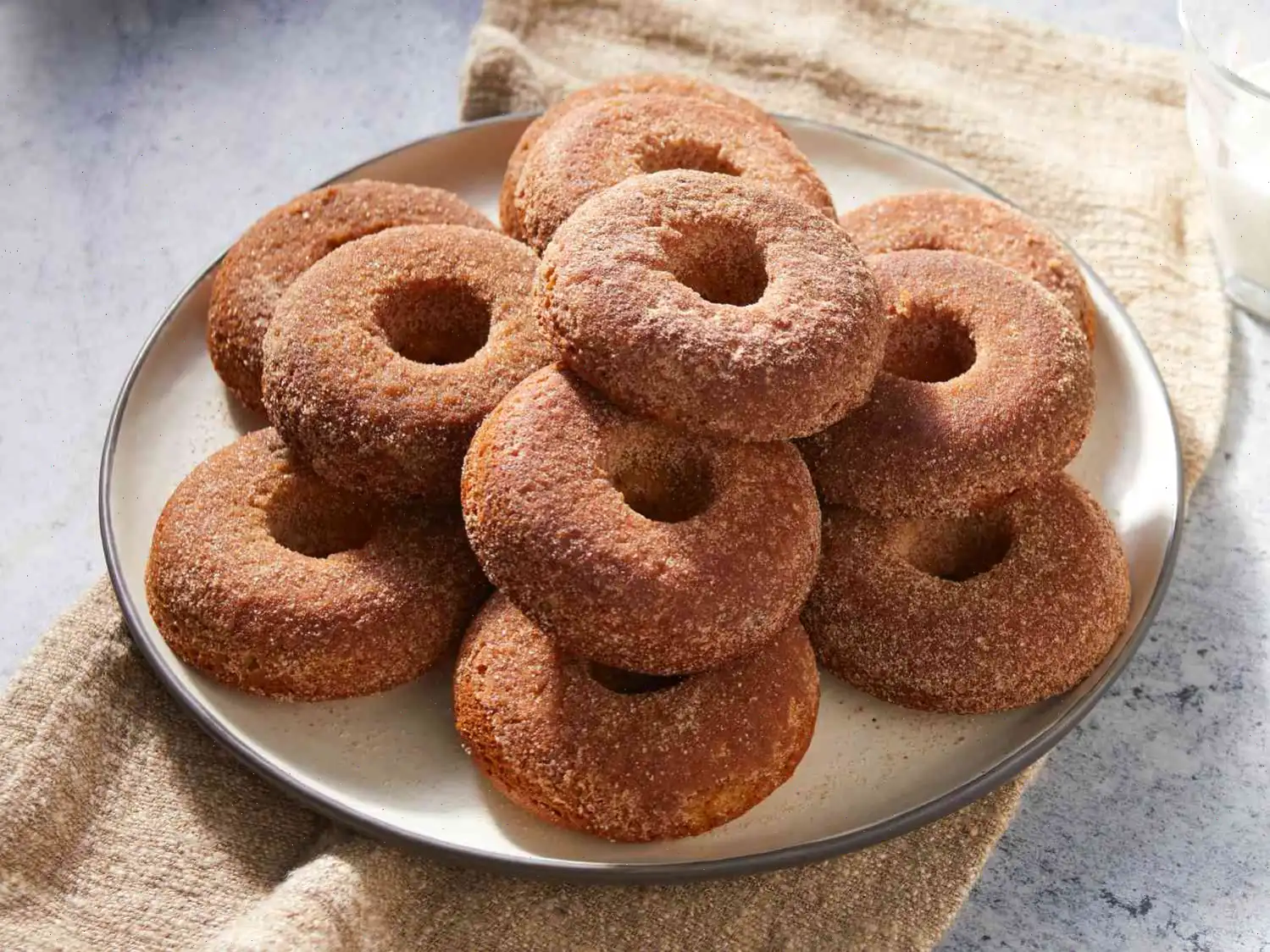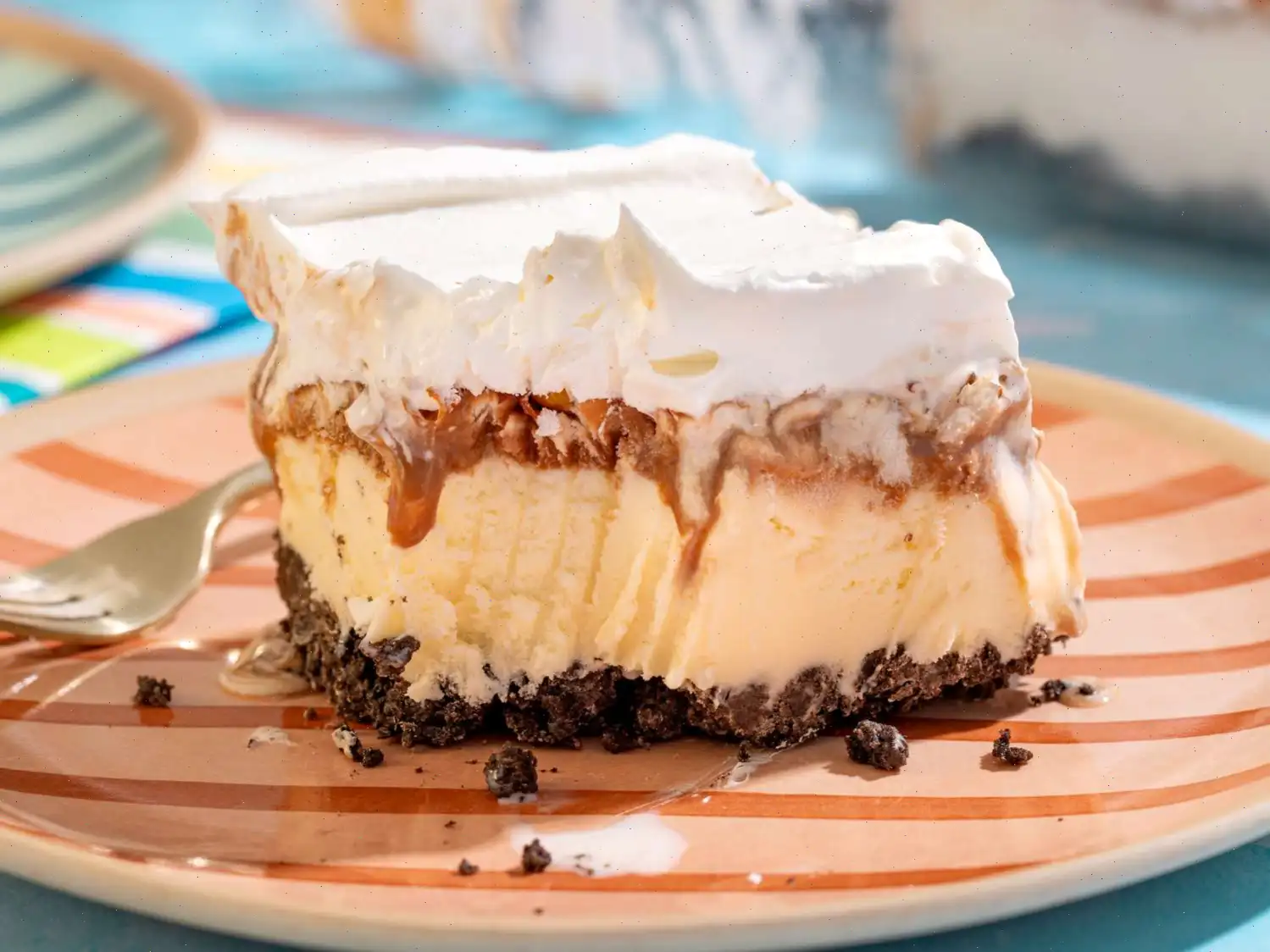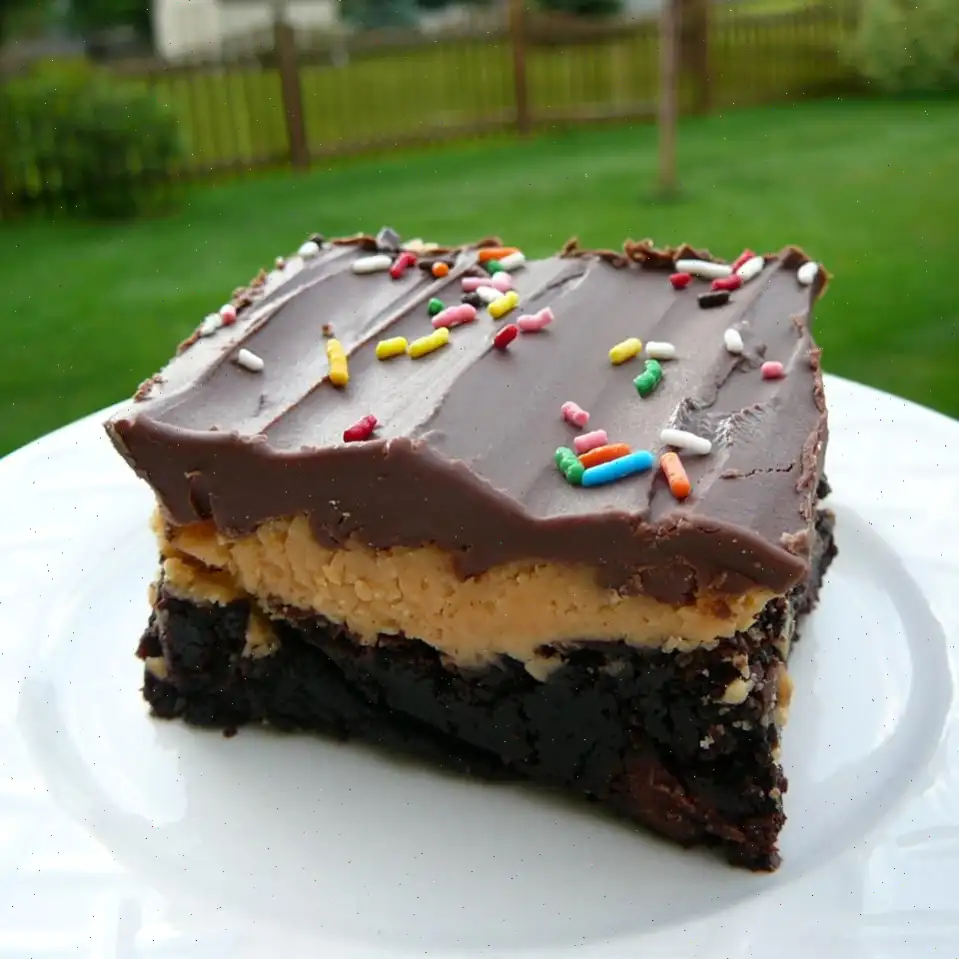
Donauwelle Recipe
Ingredients:
- 2 cups all-purpose flour
- 1 teaspoon baking powder
- 1 cup butter
- 2 tablespoons butter
- 1 cups white sugar
- 1 teaspoon vanilla extract
- 5 large eggs, separated
- 2 teaspoons unsweetened cocoa powder
- 1 (16-ounce) can pitted tart cherries in water, drained
Custard Filling:
- 3 tablespoons cornstarch
- cup white sugar
- 2 cups milk
- 1 teaspoons vanilla extract
Chocolate Glaze:
- 1 cups semisweet chocolate chips
- 2 tablespoons vegetable oil
Directions:
Step 1: Preheat the oven to 350F (175C). Line a 9x13-inch baking dish with parchment paper.
Step 2: For the cake layers, sift the flour and baking powder together into a bowl and set aside.
Step 3: In a large bowl, beat 1 cup plus 2 tablespoons butter with an electric mixer until light and fluffy.
Step 4: Add the white sugar, vanilla extract, and egg yolks, and beat until well combined.
Step 5: Gradually stir in the flour mixture until just combined.
Step 6: In a separate bowl, beat the egg whites until foamy. Continue beating until stiff peaks form. The egg whites should hold their shape when the beater is lifted.
Step 7: Gently fold 1/3 of the egg whites into the batter, then gently fold in the remaining egg whites until just incorporated.
Step 8: Divide the batter in half. Sift cocoa powder into one half of the batter and stir gently to combine.
Step 9: Pour the white cake batter into the prepared baking dish. Spread the chocolate batter on top. Pat the cherries dry with paper towels and sprinkle them evenly over the batter.
Step 10: Bake in the preheated oven for 25 to 30 minutes, or until a toothpick inserted into the center comes out clean. Set aside to cool.
Step 11: To make the custard filling, whisk the cornstarch and sugar together in a small bowl.
Step 12: Heat the milk in a saucepan until just hot, but not boiling. Gradually whisk in the cornstarch mixture until smooth.
Step 13: Bring the mixture to a boil, whisking constantly. Continue to cook for 2 to 3 minutes, or until thickened. The custard should coat the back of a spoon.
Step 14: Remove the saucepan from the heat and stir in the vanilla extract.
Step 15: Spread the custard evenly over the cooled cake. Cover with plastic wrap, pressing it directly onto the surface of the custard to prevent a skin from forming. Refrigerate for at least 2 hours, or overnight, until set.
Step 16: To make the chocolate glaze, place the chocolate chips in a microwave-safe bowl. Microwave at 30-second intervals, stirring each time, until melted and smooth.
Step 17: Stir in the vegetable oil until the glaze is glossy.
Step 18: Spread the chocolate glaze over the chilled custard layer. Once the glaze has set slightly (about 10 minutes), use a fork to create wavy patterns across the surface.
Step 19: Allow the glaze to set completely before slicing the cake into squares. Enjoy!
Cook's Note: This cake is also delicious with a buttercream filling instead of the custard filling. If you prefer, you can use rum extract in place of the vanilla extract for a different flavor. This cake is perfect for parties; simply slice it into smaller pieces if you're serving a large group.
Nutrition Facts (per serving):
- Calories: 397
- Total Fat: 21g (27% Daily Value)
- Saturated Fat: 12g (60% Daily Value)
- Cholesterol: 95mg (32% Daily Value)
- Sodium: 174mg (8% Daily Value)
- Total Carbohydrate: 49g (18% Daily Value)
- Dietary Fiber: 2g (6% Daily Value)
- Total Sugars: 34g
- Protein: 6g (11% Daily Value)
- Vitamin C: 1mg (1% Daily Value)
- Calcium: 76mg (6% Daily Value)
- Iron: 2mg (11% Daily Value)
- Potassium: 167mg (4% Daily Value)
Percent Daily Values are based on a 2,000 calorie diet. Your daily values may be higher or lower depending on your calorie needs.
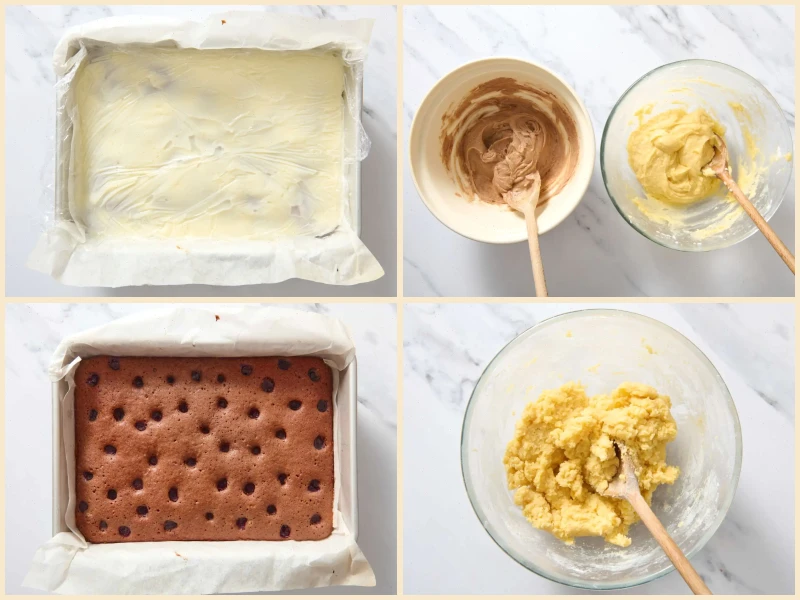
The Donauwelle, often referred to as the Danube Wave Cake, is a beloved dessert originating from Germany. This cake is known for its impressive layers of vanilla and chocolate cake, topped with a tart cherry filling, creamy custard, and a glossy chocolate glaze. The combination of textures and flavors makes this cake a truly indulgent treat, perfect for festive occasions or an afternoon coffee break.
Origin and History of Donauwelle
The Donauwelle is a traditional German cake with a history that dates back to the mid-20th century. The name "Donauwelle" translates to "Danube Wave," a reference to the wavy pattern on the chocolate glaze that covers the cake. While the exact origins of the recipe are not clear, it is believed to have been inspired by the Danube River, which flows through several Central European countries, including Germany, Austria, and Hungary. The cake's distinct layers are said to represent the waves of the river, while the combination of flavors embodies the rich culinary tradition of the region.
Regional Variations and Features
Donauwelle is particularly popular in Southern Germany, but it is enjoyed throughout the entire country. The regional differences can be found in the choice of filling, with some variations using buttercream instead of custard. While the custard filling is the most common and lightest option, some bakers may opt for a denser cream filling or even a fruit-based topping, making it a versatile dessert. The use of tart cherries, however, remains a constant, adding a touch of acidity that balances the sweetness of the cake.
How Donauwelle Differs from Similar Cakes
Donauwelle is often compared to other layered cakes like the Schwarzwlder Kirschtorte (Black Forest Cake) or Linzer Torte. However, the key difference lies in its unique combination of cake, custard, and chocolate glaze. While the Black Forest Cake features whipped cream and cherries, Donauwelle is much denser, with a custard filling that creates a more layered texture. The wavy chocolate glaze is another distinguishing feature, giving the cake a visually striking appearance. This wave effect sets it apart from many other European cakes, making it an instant classic for anyone who loves both beauty and taste.
Where is Donauwelle Typically Served?
Donauwelle is a popular choice for celebrations, family gatherings, and special occasions such as birthdays or holidays. It is often served at cafs and bakeries throughout Germany, where it is sliced into small squares, making it perfect for sharing. The cake's combination of rich, indulgent ingredients and its attractive presentation makes it a staple at many social events. Outside of Germany, Donauwelle has gained popularity in neighboring countries like Austria and Switzerland, where it is similarly adored for its versatility and flavor.
Fun Facts About Donauwelle
- Did you know that the Danube River, after which the cake is named, flows through 10 countries in Europe? The river has a significant cultural influence on many of the countries it passes through, and its symbolism extends to the Donauwelle cake.
- The "wave" pattern on the chocolate glaze is not just decorative but adds a delightful visual appeal that has made Donauwelle one of the most photogenic cakes in German baking culture.
- While Donauwelle is often served chilled, many Germans enjoy it as a comforting dessert during the colder months. The custard filling gives it a creamy, rich texture that pairs wonderfully with hot beverages like coffee or tea.
Whether you're baking it for a family gathering or enjoying a slice at a caf, Donauwelle offers a delightful fusion of flavors and textures that make it a true icon of German baking. Its rich history, regional variations, and eye-catching presentation ensure that this cake will remain a favorite for years to come.
You can listen to this recipe in AI audio format. Simply click the play button below to listen to the content in a format that suits you best. It’s a great way to absorb information on the go!





